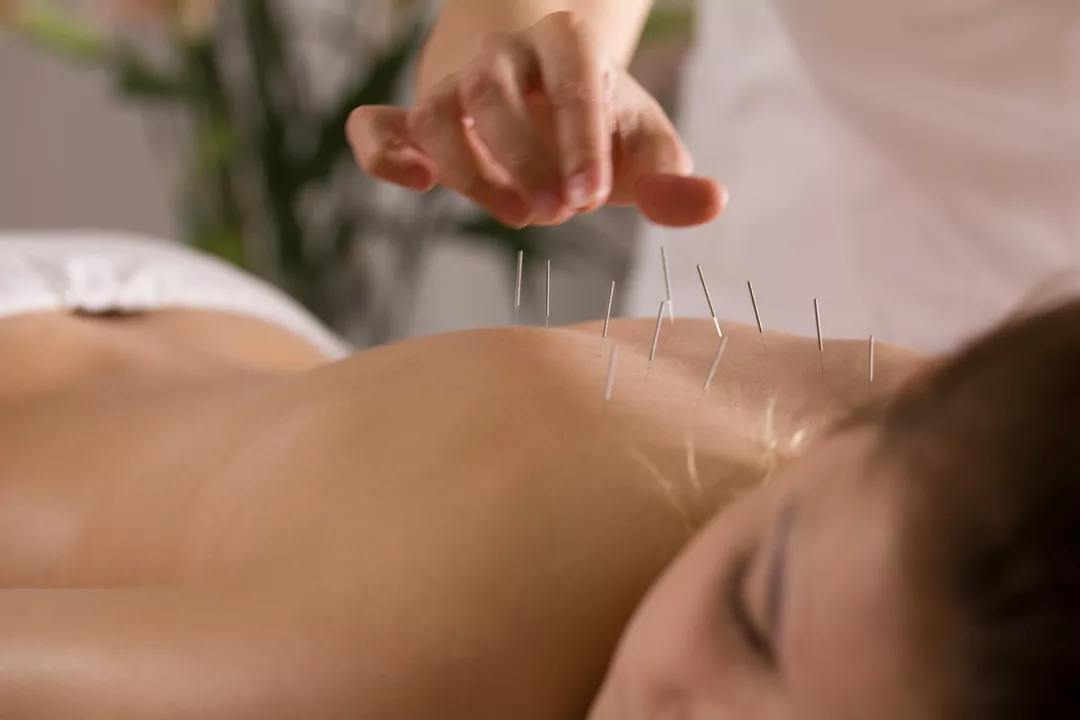Sharp, burning pain in a big toe that appears overnight? That's often gouty arthritis talking. Gout happens when uric acid crystals build up in joints, causing sudden, intense inflammation. You don’t need to panic, but you do need a clear plan—one for the attack and one to stop future flares.
Gout usually starts in one joint. Common signs are extreme pain, swelling, redness, and heat over the joint. Fever can happen, and when the joint becomes very hot and swollen it's smart to rule out infection—see a doctor right away if you have fever or worsening symptoms.
First, rest the joint and avoid pressure. Ice packs for 15–20 minutes can ease pain. Avoid alcohol and sugary drinks because they can make the attack worse. For medicine, many doctors recommend NSAIDs (like naproxen), colchicine if started early, or a short steroid course if those aren’t suitable. Take only what your clinician prescribes—don’t mix medicines without advice.
If you’re already on urate-lowering therapy (like allopurinol or febuxostat), keep taking it during an attack unless your doctor tells you otherwise. Stopping urate-lowering drugs often triggers more flares.
Target your uric acid. Most doctors aim for a blood uric acid level below 6 mg/dL to prevent crystals forming. A simple blood test tells you where you stand. If your level is high, lifestyle steps plus a prescription medicine can help reach that target.
Practical lifestyle changes that work: drink plenty of water, lose weight slowly if overweight, cut back on beer and spirits, avoid high-purine foods (organ meats, some shellfish, and large portions of red meat), and limit sugary sodas and juice with high-fructose corn syrup. Switch to low-fat dairy and plenty of vegetables—these choices are linked to fewer attacks.
Review other meds with your doctor. Some blood pressure drugs (thiazide diuretics) raise uric acid; switching to another option may help. Also mention kidney disease or frequent kidney stones—these affect the choice of treatment.
Long-term fixes usually involve urate-lowering drugs. Allopurinol and febuxostat lower uric acid and reduce flares over months. These medicines take time to work and can cause flares when first started, which is why doctors often add a low-dose anti-inflammatory for the first few months.
When to seek help: severe joint pain with fever, spreading redness, or sudden inability to use the joint needs urgent medical care. Also see a specialist if you have repeated attacks, to discuss uric acid testing and long-term treatment.
Gout is manageable. With quick action during attacks, smart lifestyle moves, and regular tests to track uric acid, you can cut flares and protect your joints. If you’re unsure what’s best for you, bring symptoms and recent labs to your clinician and make a clear plan together.

In my recent exploration of alternative medicine for gouty arthritis, I discovered some fascinating therapies. Acupuncture, for instance, has shown promising results in reducing inflammation and pain. Massage therapy, too, can be beneficial in alleviating discomfort and improving mobility for arthritis sufferers. Additionally, I delved into the world of herbal remedies and found that some natural supplements may help manage symptoms. Overall, the world of alternative medicine offers exciting possibilities for those struggling with gouty arthritis, and I can't wait to share more about these treatments with you all.
More